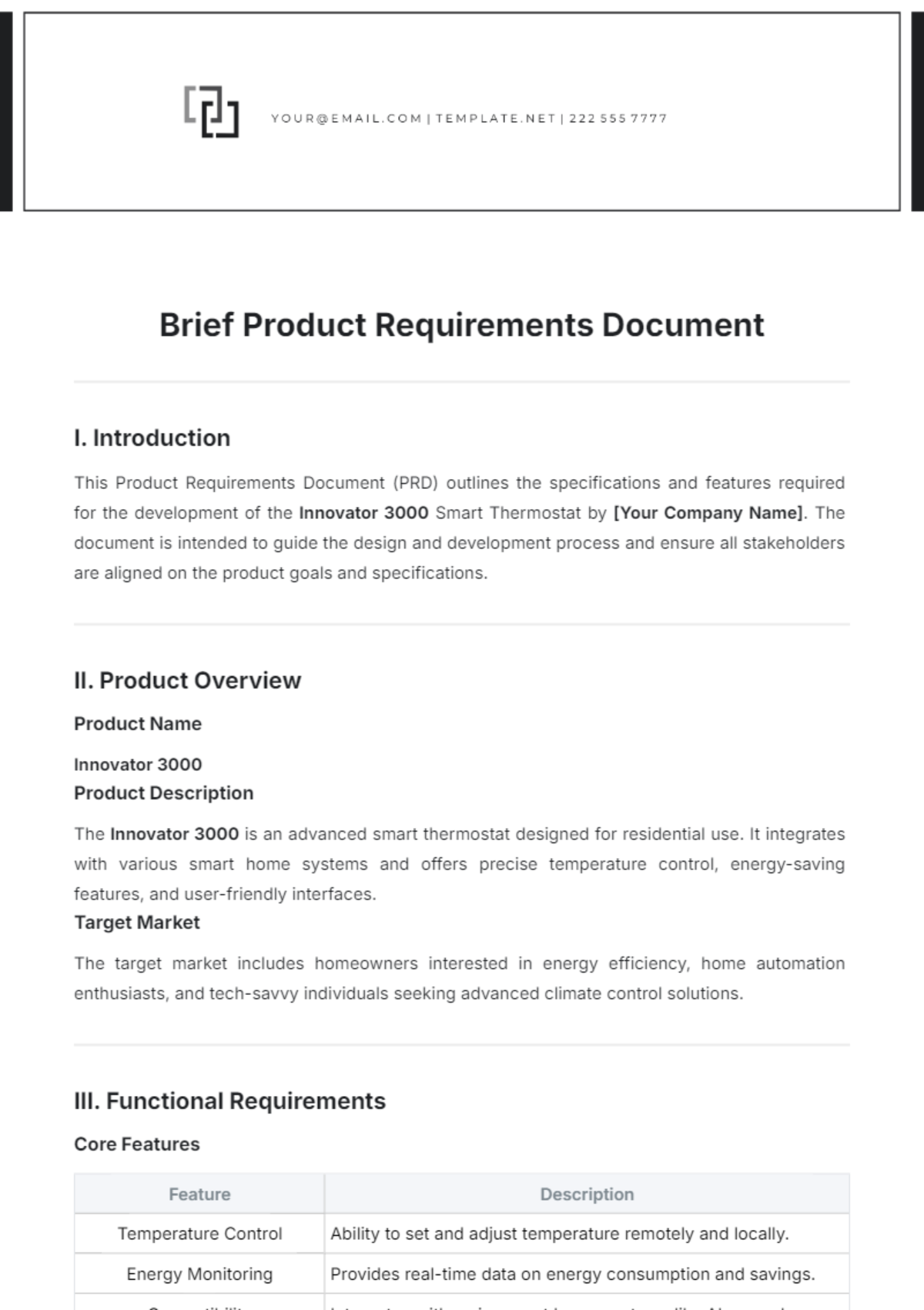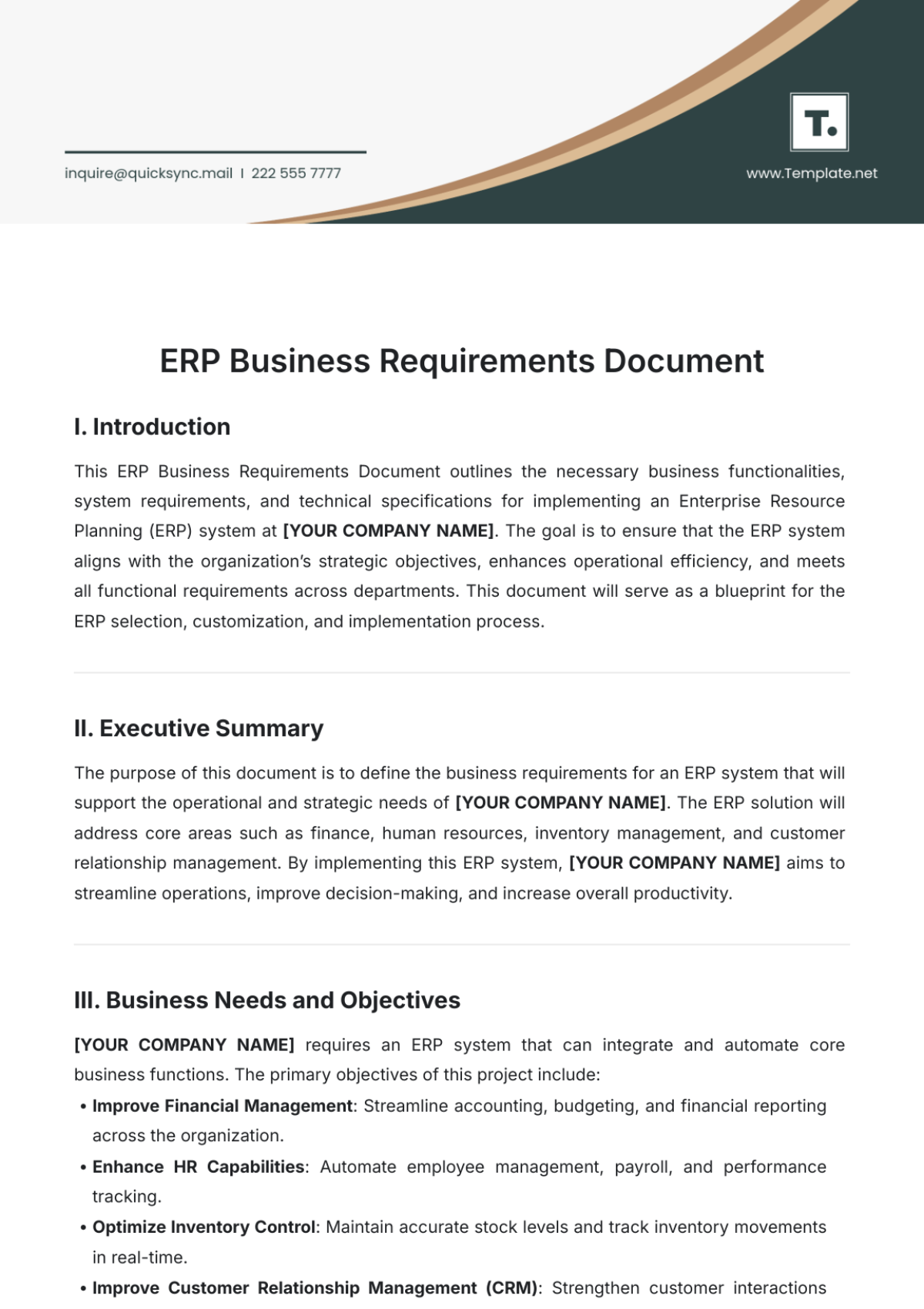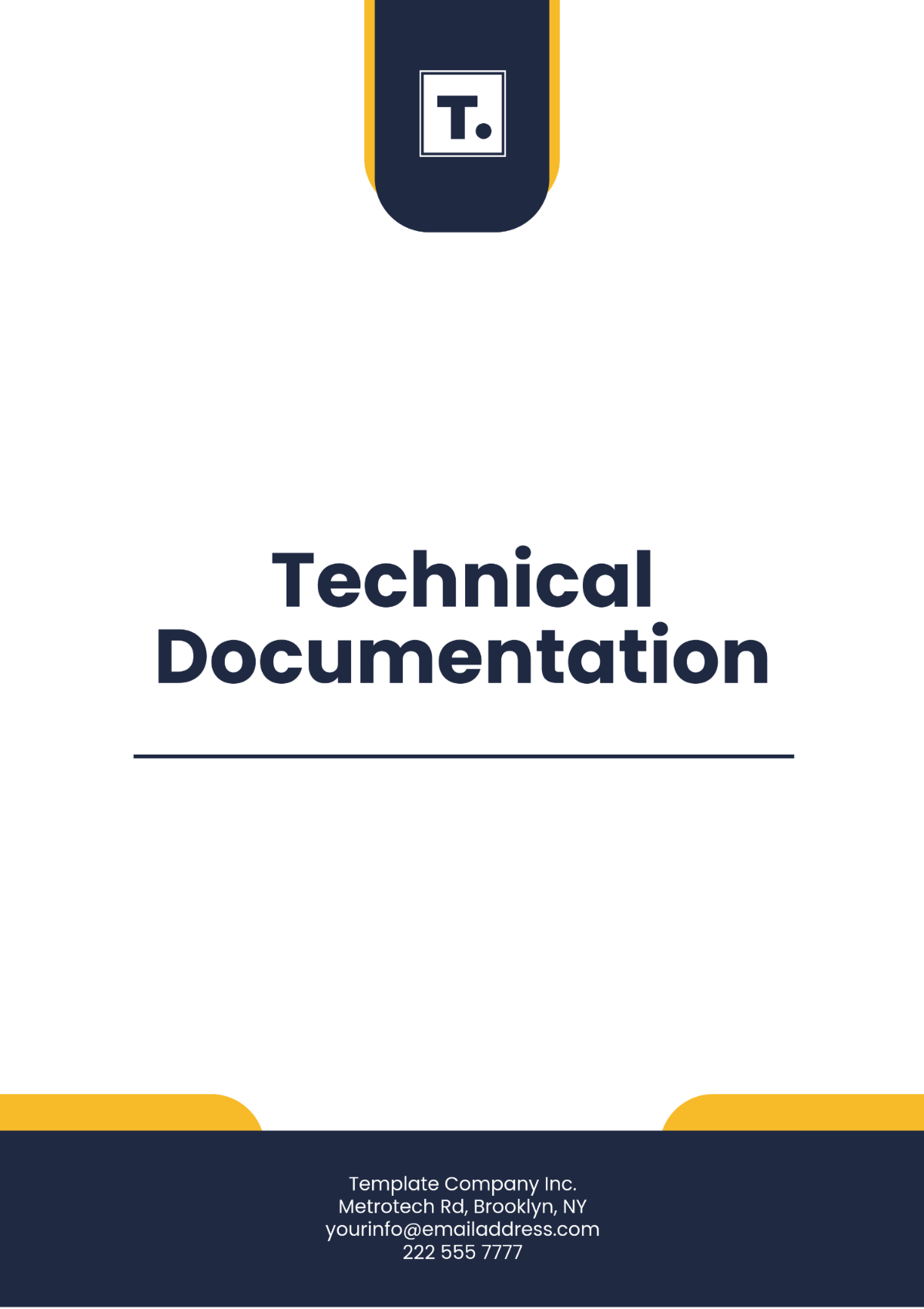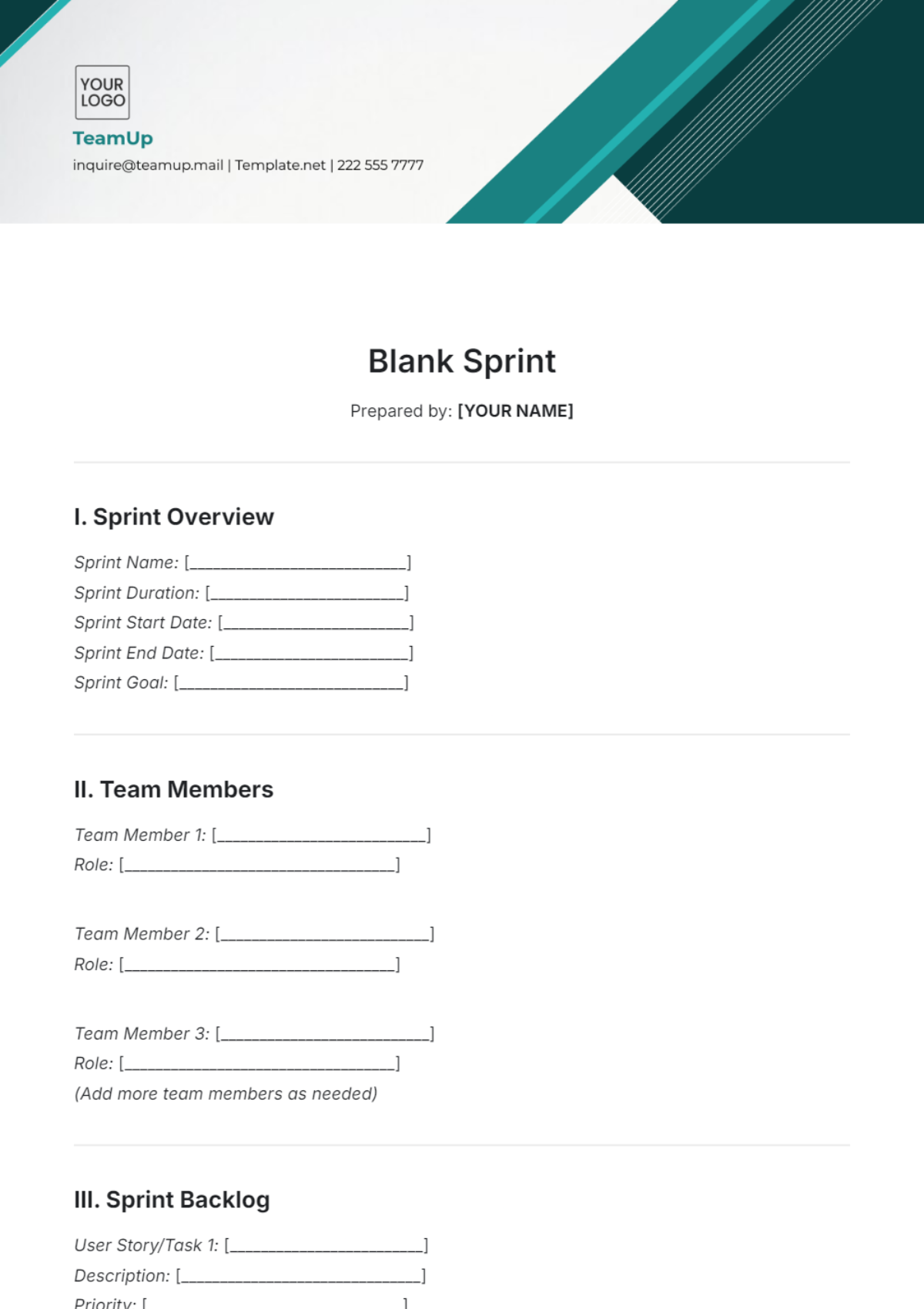Free Startup Digital Asset Management Policy Template
Startup Digital Asset Management Policy
I. Introduction
The purpose of this Digital Asset Management (DAM) Policy is to establish guidelines and procedures for the creation, organization, storage, access, and usage of digital assets within [Your Company Name]. This policy applies to all employees, contractors, and third-party vendors who create, manage, or use digital assets on behalf of the company.
II. Digital Asset Classification
Digital assets within [Your Company Name] are classified into the following categories based on their type, usage rights, and sensitivity:
Category | Description |
|---|---|
Marketing Assets | Assets used for promotional and marketing purposes |
Brand Assets | Assets representing the company's brand identity |
Product Assets | Assets related to products and services offered |
Internal Assets | Assets used for internal communication and operations |
III. Roles and Responsibilities
Digital Asset Management Team: The Digital Asset Management team, led by the [CTO/IT Manager], is responsible for overseeing the implementation and enforcement of this policy.
Stakeholder Responsibilities: Each department is responsible for adhering to the guidelines outlined in this policy and ensuring that digital assets are managed effectively within their respective areas of responsibility.
IV. Asset Creation and Acquisition
All digital assets created or acquired by [Your Company Name] must adhere to the following guidelines:
Marketing Assets: Minimum resolution of 300dpi for print materials, and optimized for web use.
Brand Assets: Consistent with the company's brand guidelines and approved by the Brand Manager.
Product Assets: Clear and accurate representations of the products or services offered by the company.
Metadata Tagging: All digital assets must be tagged with relevant metadata, including title, description, author, creation date, and usage rights.
V. Storage and Organization
Storage Infrastructure: [Your Company Name] utilizes a cloud-based DAM system for storing and organizing digital assets.
Folder Structure: Digital assets are organized into folders based on category, project, and department for easy navigation and retrieval.
Backup and Recovery: Regular backups are performed to ensure the integrity and availability of digital assets in case of system failure or data loss.
VI. Access Control and Permissions
Access Levels: Access to digital assets is granted based on job roles and responsibilities. The following access levels are defined:
Administrator: Full access to create, modify, and delete digital assets.
Contributor: Permission to upload and edit digital assets within specific folders.
Viewer: Read-only access to view digital assets without editing privileges.
Authorization Process: Access requests are approved by department heads or designated approvers based on job requirements.
VII. Usage and Repurposing
Internal Use: Digital assets may be used internally for business purposes, including presentations, reports, and training materials.
External Use: Prior approval from the Marketing Department is required for the external use of digital assets in marketing campaigns, social media posts, or press releases.
Asset Repurposing: Digital assets may be repurposed for different projects or campaigns with appropriate attribution and authorization from the content owner.
VIII. Retention and Disposal
Retention Periods: Digital assets are retained according to the following retention periods:
Marketing Assets: Retained for a minimum of two years after the end of the marketing campaign.
Brand Assets: Retained indefinitely unless superseded by updated brand guidelines.
Product Assets: Retained for the lifecycle of the product or service, plus one year.
Disposal Procedures: Digital assets no longer needed are securely deleted from the DAM system to prevent unauthorized access or misuse.
IX. Compliance and Legal Considerations
Copyright and Licensing: Digital assets must comply with copyright laws and licensing agreements. Proper attribution and licensing information must be provided for third-party assets.
Data Protection and Privacy: Personal and sensitive information contained within digital assets must be handled in accordance with applicable data protection and privacy regulations.
X. Monitoring and Enforcement
Monitoring Compliance: The Digital Asset Management team conducts regular audits to ensure compliance with this policy.
Reporting Violations: Employees are encouraged to report any violations or concerns regarding the misuse of digital assets to the Digital Asset Management team.
Consequences for Non-Compliance: Violations of this policy may result in disciplinary action, up to and including termination of employment.
11. Training and Awareness
Employee Training: All employees receive training on digital asset management practices and procedures during onboarding and as needed.
Awareness Programs: Ongoing communication and education initiatives are conducted to raise awareness of the importance of digital asset management and compliance with this policy.
12. Policy Review and Updates
Policy Review: This policy is subject to periodic review and updates by the Digital Asset Management team to ensure alignment with [Your Company Name]'s business objectives and regulatory requirements.
Feedback Mechanisms: Employees are encouraged to provide feedback and suggestions for improving this policy through designated feedback channels.

















































